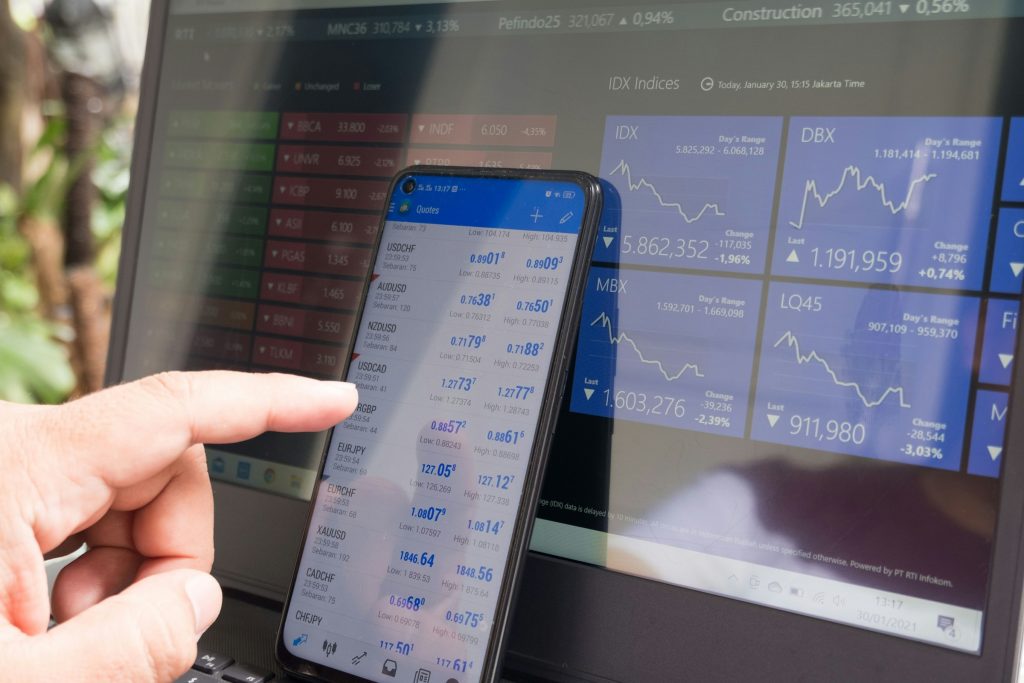Chapter 19: Exchange Rate Risk Management
Chapter 19 Introduction

Learning Objectives
After reading this chapter, you should be able to
- Explain the impact of exchange rate fluctuations on a company’s and government’s decision making.
- Describe transaction, translation, and economic exposure.
- Discuss different ways of managing currency risk.
Think About It!
Video: Foreign Exchange Rate Risk
Before reading this chapter, watch this video highlighting the foreign exchange rate risk.
Source: InternationalHub. (2017, December 21). Foreign exchange rate risk. [Video]. YouTube. https://www.youtube.com/watch?v=i-i0NoK9scI
Test Yourself
Introduction
Exchange rate fluctuations can have long-term impact on a company or government’s decision-making. Trading organizations can lose or gain a large amount of their profits by a sharp fluctuation in currency values. Likewise, fluctuations in currencies adversely impact bank operations and can make a country’s banking system bankrupt. There are three ways in which the impact of currency fluctuations can be understood — transaction, translation, and economic exposure. Where transaction exposure identifies the impact of a change in currency value on a business’s expected receipts or expenses, translation exposure deals with the impact this change has on its financial statements. Economic exposure, on the other hand, describes the impact of currency fluctuations on the number of customers a business has or on its sales. Transaction and translation exposure are easy to predict, but economic exposure can be calculated statistically. Trade organizations use different strategies to reduce or eliminate the impact of currency fluctuations. Some of these methods include hedging, future and forward contract, natural hedging, options and swaps.

